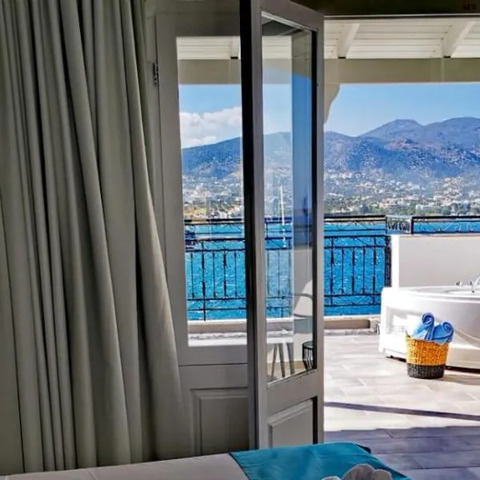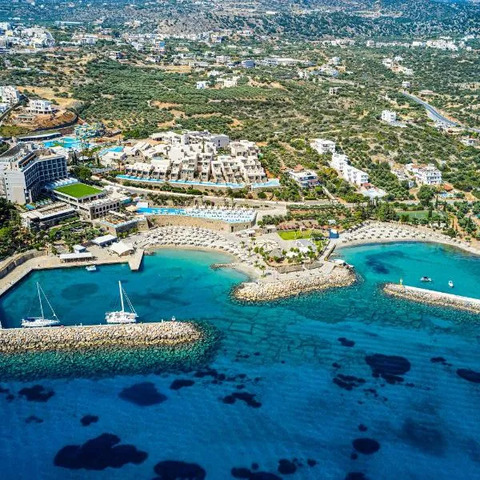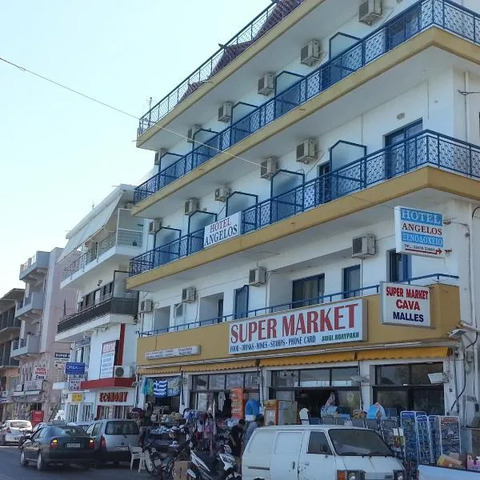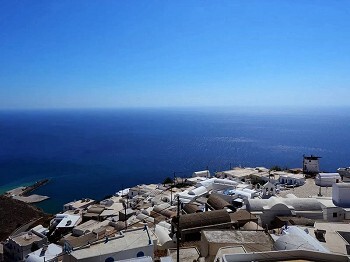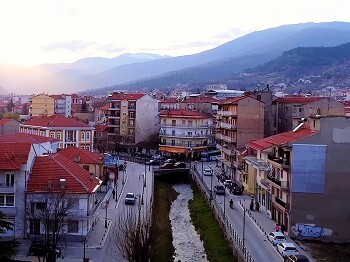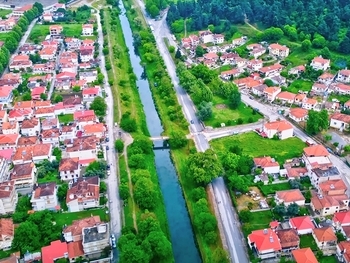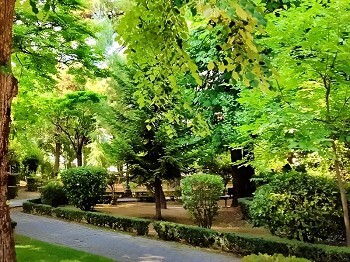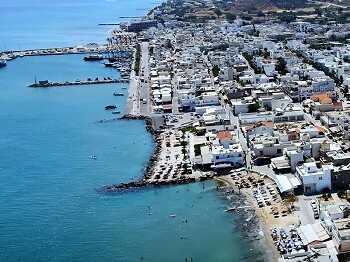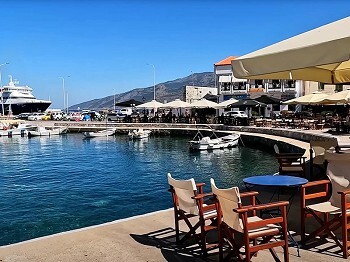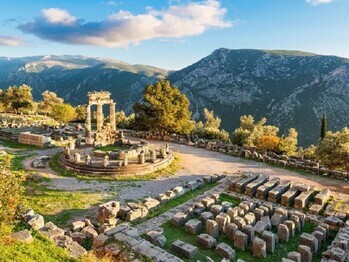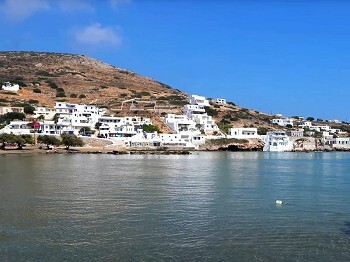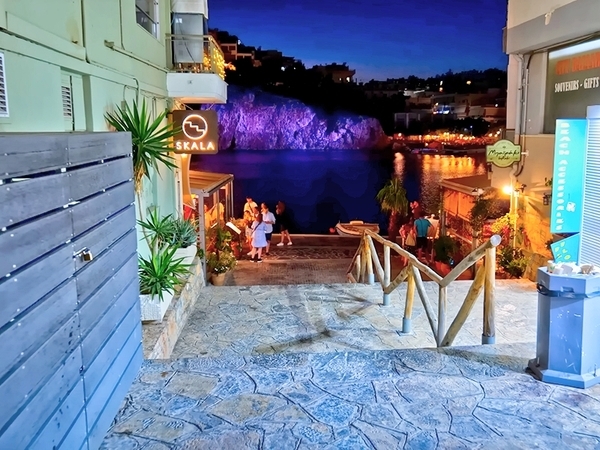
Agios Nikolaos, a picturesque town located on the northeast coast of Crete, is a destination brimming with Historical significance and cultural Heritage. Steeped in myths, legends, and a rich past, this charming town offers a plethora of historical sites that transport visitors back in time. Whether you're a history buff, an Architecture enthusiast, or simply a curious traveler, Agios Nikolaos has something to captivate every soul. Here's a detailed guide to the must-visit historical sites in Agios Nikolaos.
We suggest for your stay:
Still Looking for the Perfect Stay?
1. Lake Voulismeni: The Enigmatic Heart of Agios Nikolaos
Lake Voulismeni, often referred to as the jewel of Agios Nikolaos, is shrouded in myths and legends. According to local folklore, the goddess Athena used to bathe in its waters. This deep, circular lake, now connected to the sea, is surrounded by cafes and restaurants, making it an ideal starting point for your historical Exploration. The lake's mysterious depth and the surrounding urban Scenery offer a unique blend of Natural beauty and historical intrigue.
2. Archaeological Museum of Agios Nikolaos: A Journey Through Minoan Civilization
The Archaeological Museum of Agios Nikolaos is a treasure trove of Artifacts that span from the Neolithic period to the end of the Roman era. The museum's Collection includes Minoan Pottery, ancient tools, and intricate Jewelry. Highlights include the Minoan figurines from the peak sanctuary of Karfi and the skull of a young athlete adorned with a gold laurel wreath, providing a glimpse into the ancient Cretan culture and its evolution over the millennia.
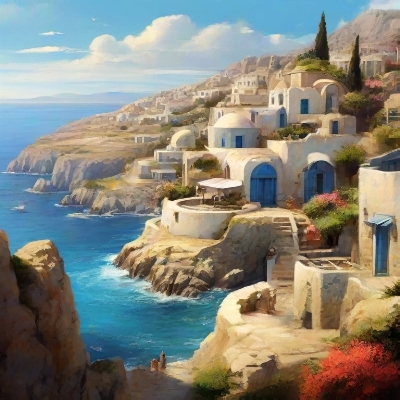
3. Church of Panagia Kera: Byzantine Frescoes and Medieval Marvels
Located in the village of Kritsa, just a short drive from Agios Nikolaos, the Church of Panagia Kera is renowned for its stunning Byzantine Frescoes. Dating back to the 13th century, the church's interior is adorned with vivid depictions of saints, biblical scenes, and intricate designs that have remarkably stood the test of time. The well-preserved Frescoes offer a vivid insight into Byzantine art and religious practices.
4. Spinalonga Island: Fortress of the Past
A short boat trip from Agios Nikolaos takes you to Spinalonga Island, a site that narrates tales of fortification and resilience. Originally a Venetian fortress built in the 16th century, Spinalonga later served as a leper colony from 1903 to 1957. Walking through the deserted streets and crumbling buildings of this island, visitors can sense the poignant history and the spirit of those who once inhabited this isolated refuge.
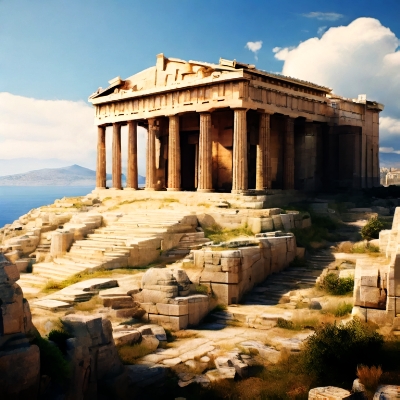
5. Ancient City of Lato: Minoan and Doric Heritage
The Ruins of the ancient city of Lato, one of the best-preserved Dorian cities in Crete, are situated a few kilometers from Agios Nikolaos. Established in the 7th century BC, Lato offers an expansive archaeological site with remnants of temples, houses, and public buildings. The panoramic Views from the acropolis, where the ancient inhabitants once stood, provide a breathtaking perspective on the landscape that shaped their lives.
6. Kritsa Village: A Living Museum of Cretan Tradition
Kritsa is not just home to the Church of Panagia Kera but also an embodiment of traditional Cretan life. Wandering through its narrow streets, you can discover old stone houses, local handicraft shops, and the folklore museum that showcases traditional Cretan costumes, tools, and Artifacts. Kritsa offers a delightful glimpse into the island's rural past and its enduring customs.
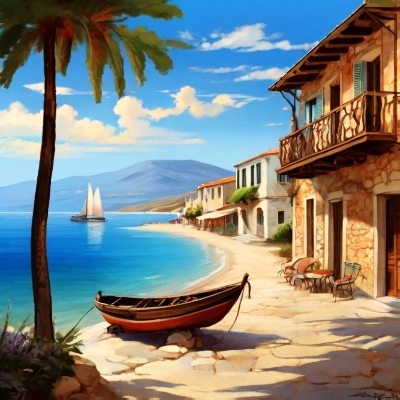
7. Kazarma Fortress: Venetian Military Architecture
The Kazarma Fortress in the town of Sitia, a short drive from Agios Nikolaos, stands as a testament to Venetian military ingenuity. Built in the 13th century, this imposing fortress once served as a lookout and defensive structure against pirate raids. Exploring the fortress, visitors can enjoy panoramic Views of the surrounding area and imagine the historical battles that once took place on these very grounds.
8. Gournia: The Minoan Town Frozen in Time
Gournia, often called the "Pompeii of Minoan Crete," is a remarkably well-preserved Minoan town located near Agios Nikolaos. Dating back to the late Bronze Age, this archaeological site features the Remains of streets, houses, a palace, and a Central courtyard. Walking through Gournia, you can envision the daily life of its ancient inhabitants and appreciate the advanced urban planning of the Minoan civilization.
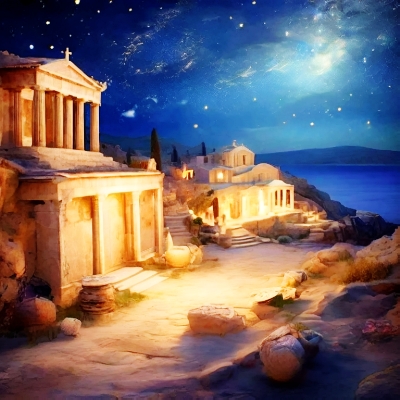
9. Monastery of Faneromeni: Spiritual Retreat with a View
Perched on a hill overlooking the Mirabello Bay, the Monastery of Faneromeni is a serene retreat that offers both spiritual solace and Historical insights. Founded in the 16th century, the Monastery features beautiful Frescoes, a charming courtyard, and a tranquil Atmosphere. The panoramic Views of the surrounding landscape add to the monastery's allure, making it a perfect spot for contemplation and reflection.
10. Havania Beach: A Seaside Stroll Through History
While not a historical site per se, Havania Beach is steeped in the history of Agios Nikolaos. This beach, with its clear waters and sandy shores, is where many ancient Artifacts have been discovered, including remnants of Minoan Pottery. A leisurely walk along Havania Beach allows visitors to soak in the Natural beauty while contemplating the ancient civilizations that once thrived in this region.
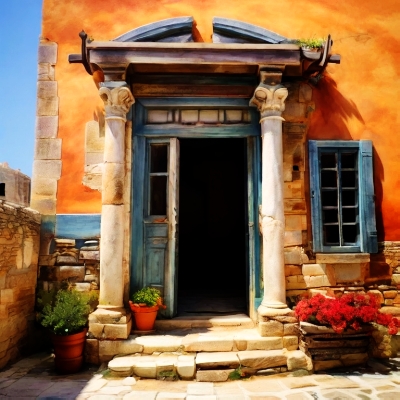
Conclusion
Agios Nikolaos is a town where history comes alive at every corner. From ancient Minoan Ruins to Byzantine churches and Venetian fortresses, each site offers a unique glimpse into the past. Exploring these historical Landmarks not only enriches your understanding of Crete's rich cultural Heritage but also allows you to connect with the timeless stories that have shaped this enchanting town. So pack your bags, set your sights on Agios Nikolaos, and embark on a journey through history that you won't soon forget.
